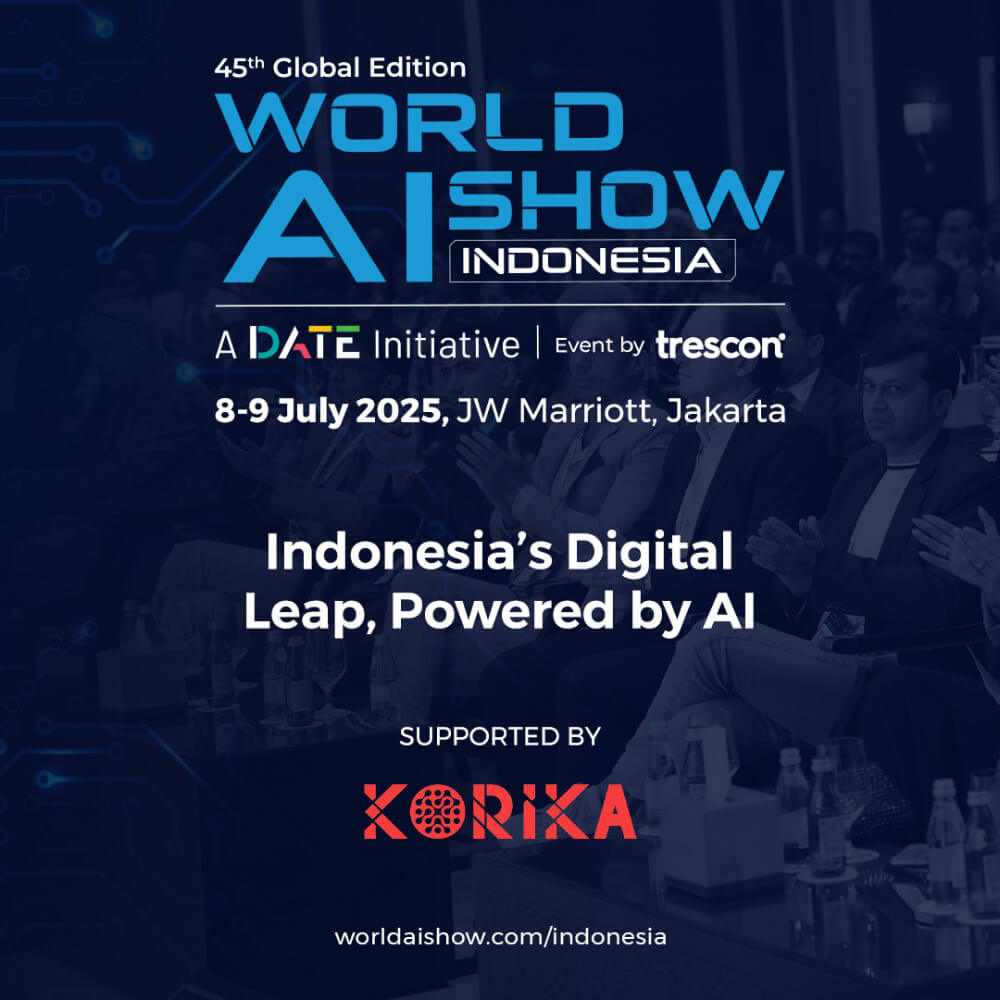Jakarta’s Heaptalk —Through its geographical advantage, Indonesia is a heaven for fishermen. It means the fisheries prospect can become trendsetters on a global scale. Straddling the equator with an area of 8.300,000 km2 (1,900,000 km2 or 22.89% of land and 6,400,000 km2 or 77.11% of sea water) and with a sprawling archipelago of approximately 18,000 islands and with the sixth largest exclusive economic zone as well as the second longest coastline in the world totaling 95,181 kilometers, making the country a fishing giant by its potential.
Even though the country has only used 25% of its total potential area for fishing and aquaculture, Indonesia is reputed to be one of the most productive countries in the world for producing captured fish. According to data from the Republic of Indonesia’s Ministry of Fisheries and Maritime Affairs (KKP), the yearly captured fish is reaching 12 billion tons per year. The ministry recorded, through the Directorate General of Strengthening the Competitiveness of Marine and Fishery Products, that in 2022 the export value is projected to reach USD 7.13 billion, with an investment value of 5.79 trillion rupiah. Meanwhile, domestic consumption needs for fish are also exorbitant, reaching 59.53 kilograms per capita.
In fact, the cultivable sea area is just 5.8 million km2. There is a lot of potential that has yet to be optimally actualized. Thus, it proves that Indonesia’s fishery is paramount. especially for commodities such as shrimp, skipjack-tuna, squid-octopus, crab, lobster, and seaweed. As stated by Indonesia’s output in 2014, it was just behind China and was slightly ahead of India.
Additionally, since 2014, the ecosystem has had more than 80% of Indonesia’s fishing enterprises remain under the traditional management of household enterprises and fishermen by employing minimal technology. It also presents a propitious outlook once the related stakeholders work in harmonious synergy, especially with the correct transfer of information and technology of best aquaculture practices—Indonesia is very well positioned to consolidate its reputation as one of the top aquaculture nations in the world. This means that the ecosystem has a lot of room for growth, which can help Indonesia’s fisheries become more modern.
The rise of fishing in Indonesia
When discussing the rise of Indonesian fisheries, it appears that, aside from its geographical advantage, we must also appreciate the contribution of the parties responsible for the advancement of this sector. Beginning with the pre-era of the Republic of Indonesia, or before 1900, Indonesia had become a strategic route, according to historians, with various commodity transactions taking place here, such as agricultural, forest, and gold, as well as marine products for the global market.
Prior to the 1900s, fishery activities in Indonesia were still dominated by subsistence fishing activities aimed at supplying the food demands of the population living near the coast on a relatively small scale. However, only a few individuals, particularly those living near the coast, are aware of the enormous potential for fish production. Furthermore, the procedures used are still fairly traditional. Even on a global scale, Indonesia’s fishing division remains appealing.
Moving into the modern era where technology has started to dominate, the Indonesian fishing sector expanded fast during 2015, propelled by the Jokowi government’s renewed emphasis on Indonesia’s competitive advantages in maritime-related sectors. Specifically, Indonesia’s fishing industry expanded 8.37 percent year on year (yoy) in the third quarter of 2015, greatly exceeding the country’s overall economic growth of 4.73 percent under the new Minister of Maritime Affairs and Fisheries (MAF), Susi Pudjiastuti.
Former Minister Susi also released the policy on the opening of six sub-sectors in the fish processing industry to foreign investment, the provision of fishing equipment, storage and processing facilities such as modern ships and cold storage, and facilitating access to financing. However, according to data from the Ministry of MAF, the value of total fish exports in 2015 reached only $4 billion USD, which is a considerable gap versus the target of $5.8 billion USD.
Along with the vision of becoming the world’s maritime axis, the transition of the cabinet supervisory of the marine and fisheries sectors appears to be becoming more punctilious and measurable. The goal is to develop exquisite Indonesian fishing traditions, particularly in the captured sector. As a result, a number of laws have been implemented to ensure that they are not only substantively oriented but also capable of fostering a healthy and sustainable fishing industry. Ocean health, jobs, national economic growth, people’s well-being, and a warm investment climate are some of the things being worked on.
Challenge
Money circulation in market capture fisheries is expected to be Rp. 406.99 trillion per year. However, the twist and turn in Indonesian fishing is not without obstacles. From the perspective of the business ecosystem, there are several elements that appear to feud. However, this does not diminish the joy of investing in this area. The government and industry stakeholders, such as businesses, trade associations, and fishers, often have very different views.
The government, for example, is currently applying a regional zoning system based on quotas, as a result of which a number of places have been overfished. This suggests that long-term sustainability is in jeopardy. However, from the standpoint of an entrepreneur, this policy is difficult to accept because when they go to sea, they tend to rely on their sailing instincts and find a catch that is still pretty good.
Although some believe that this policy is detrimental, some analysts believe that the policy is quite right to adopt with the intention of increasing investment and ensuring business continuity. Berny A. Subki stated that there are a number of components that must be addressed to support a warm investment climate for investors, such as improving the quality of data and information, promotion and investment assistance, improving business licensing services, and access to business financing facilities. It is also not too late; the government and corporate actors have committed to working together to improve the quality of lean-based entrepreneurship, such as permitting startups in the marine and fishing sectors to come up with brilliant ideas.
Fisheries Prospect
Investing in fishing in Indonesia offers delightful opportunities. This refers to the fact that Indonesian fishery products are in high demand from countries all over the world. This is also supported by the region that covers around 6 million km2. The potential is also reflected by the wealth of fish resources that are quite diverse in the Indonesian oceans. Not to mention that there are new technologies that can help businesses produce more and better products.
It makes fishing one of the sectors that help the country grow. According to the Ministry of Marine Affairs and Fisheries report taken in 2019, there has been a 10.1% rise in the value of Indonesian fishery products exported outside of the country (exactly to Rp. 73,681,883,000). It includes shrimp, tuna, squid, octopus, crabs, and seaweed, which are some of the most sought-after products from the sea.
Indeed, from the standpoint of operational effectiveness, this is quite far from optimum. This is because there are still myriad processes in the current fishing ecosystem that may be streamlined further, both upstream and downstream. As a result, the government, through Law No. 45/2009 on Fisheries, seeks to collaborate with stakeholders (corporates, fishermen, and startups) in order to improve the efficiency of the fish management and distribution processes. It also makes sure that fish are distributed quickly and efficiently through the Law No. 32/2015 on marine affairs, which talks about the SLIN (National Fish Logistics System) in Article 18.
Furthermore, the SLIN is expected to represent a significant milestone. Considering that, a policy is currently being developed to support national fish logistics management, where the objective is to grasp a point where upstream products are absorbed at a stable price. So, it can be said that fishing and aquaculture processes are getting better all the time, both through humanism and technology.
As a result, this will deliver an improved level of satisfaction for the processing industry, where the supply chain is met and the quality of the fish is exceptional. As a result, it can boost the selling value even more. Both to local and global consumers (exports).
“There are a lot of people and groups that need to work together to make things happen,” Berny A Subki, the Director of Logistics for the Directorate General for Strengthening Competitiveness for Marine and Fishery Products of the Ministry of Marine Affairs and Fisheries of the Republic of Indonesia, said.
Furthermore, technological innovation is viewed as a supporting factor in making the investment climate even more appealing. Indonesia is also incorporating technology into the fishing environment, with one example being the construction of a technology-based integrated monitoring system. Later, this technology will play a significant part in integrating marine and fishery ecosystems where buoys, research vessels, and monitoring vessels are integrated with the data center. This means that the investment climate will focus not only on optimizing quality and quantity, but also on future sustainability and the green ecosystem. (FK)











